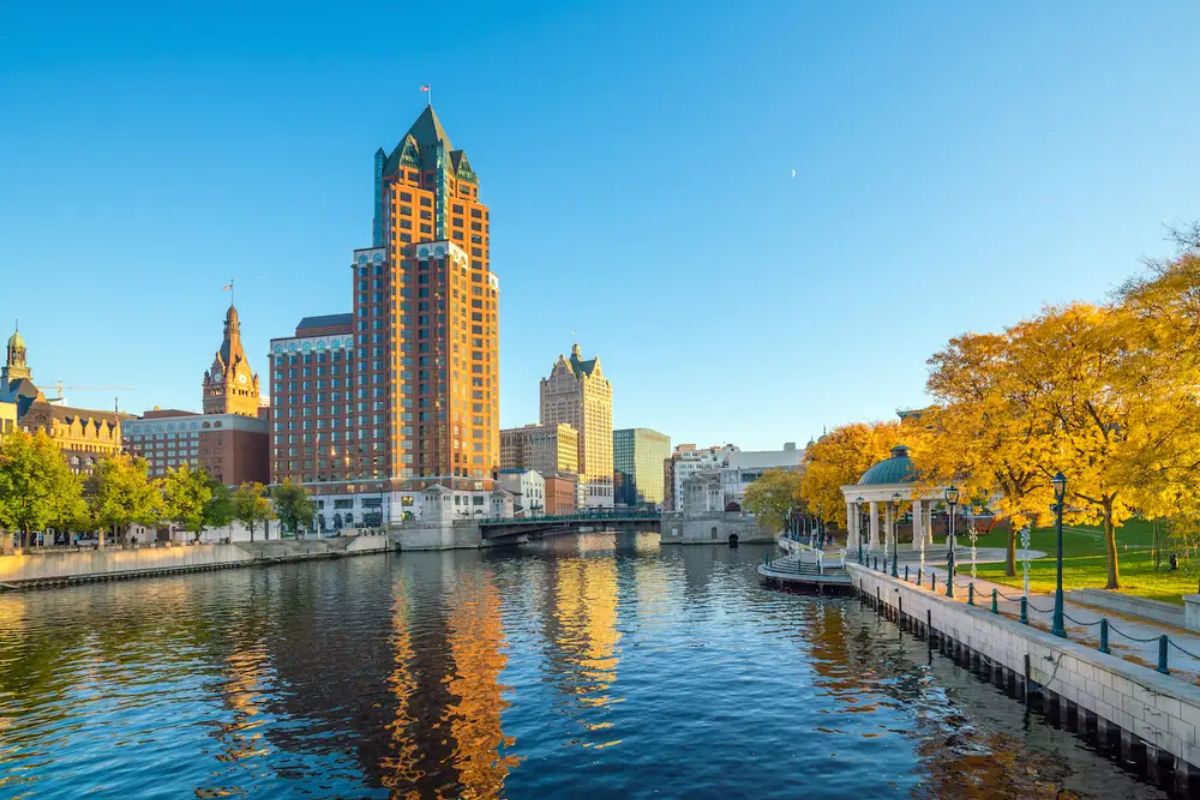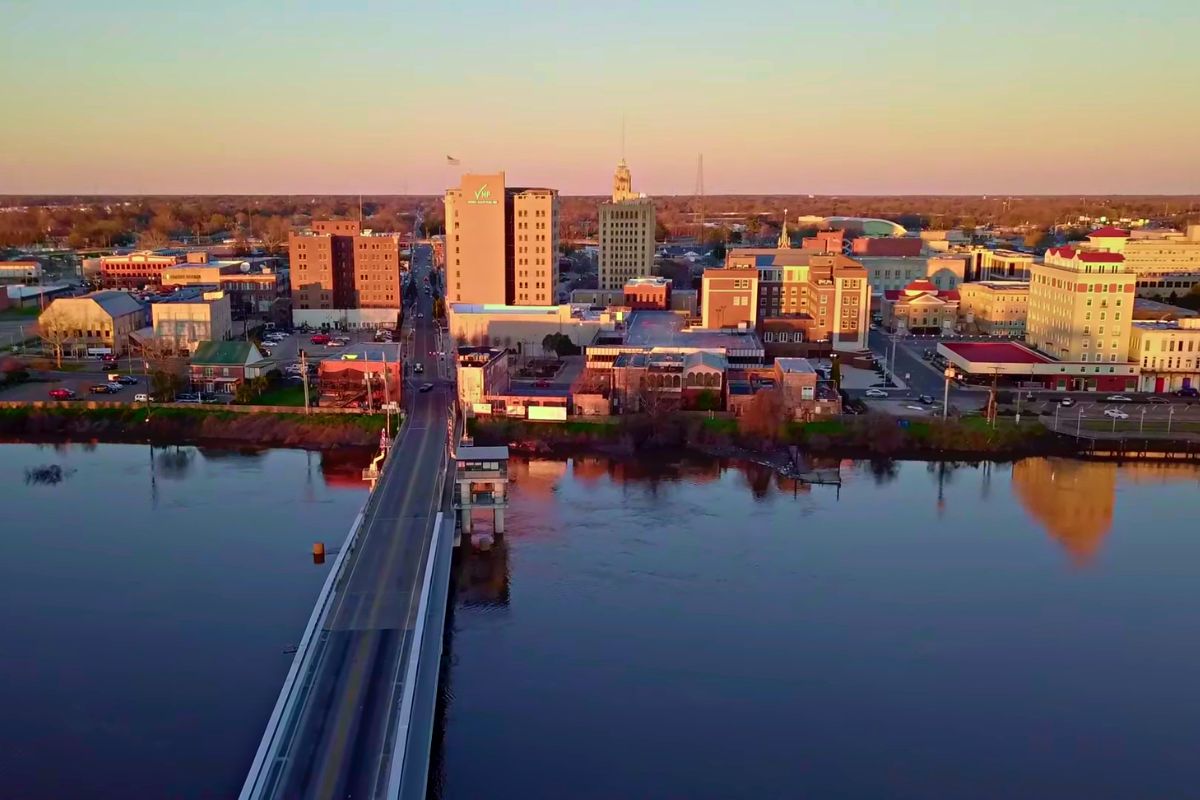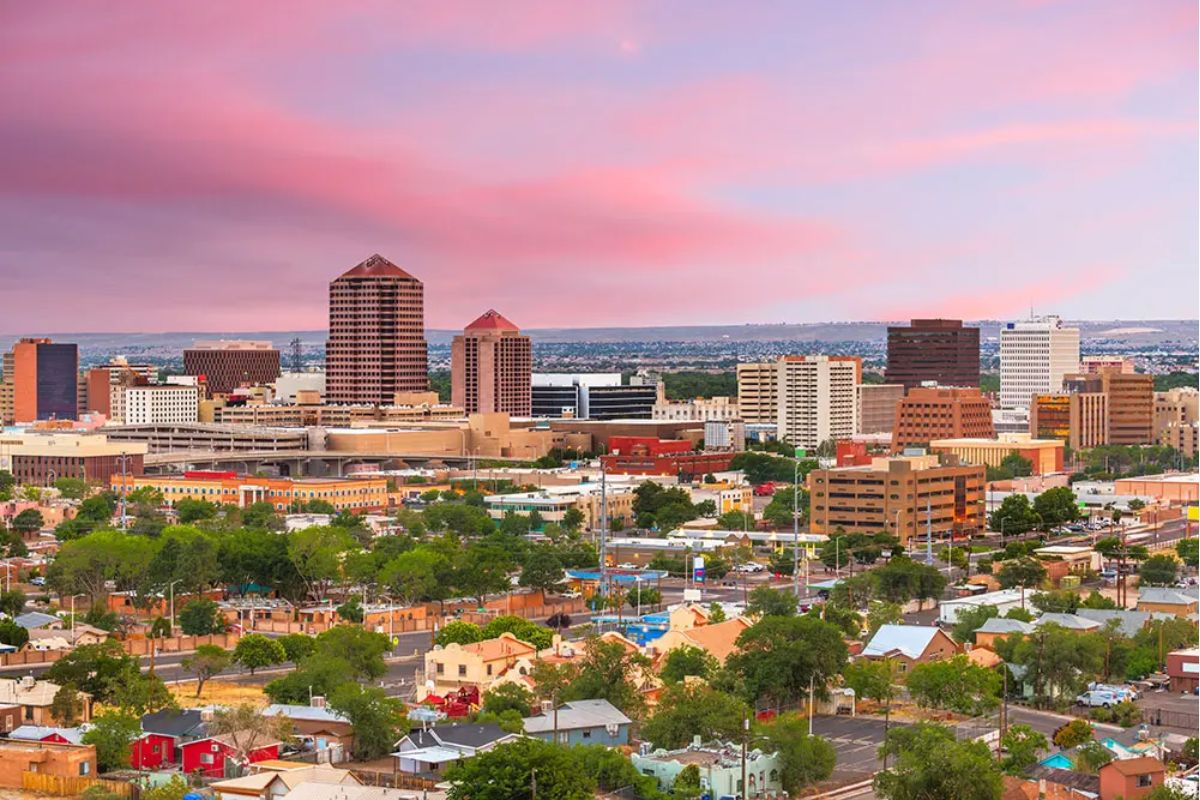Orlando is one of the top tourist destinations in the United States, attracting over 70 million visitors every year. With so many people visiting and relocating to the city, the demand for rental housing is consistently high. However, rental rates in Orlando have seen significant fluctuations over the past decade due to various economic and competitive factors. This article provides an overview of current rental market conditions in Orlando and forecasts how rates may change in the coming years.
Current Rental Market Conditions
According to data from RentCafe, the average rent in Orlando was $1,454 per month as of November 2022. This represents an increase of over 9% compared to the same time last year. Rental properties in Orlando run the full spectrum from affordable to high-end luxury units. Some key findings about current rental rates by property type include:
-
Studio apartments: The average monthly rent for a studio apartment in Orlando is currently $1,149. Studios tend to be the most affordable option but provide minimal living space.
-
1-bedroom units: One-bedroom apartments are the most common type of rental property in Orlando. The average monthly rent is $1,296. Rates are higher due to additional living space.
-
2-bedroom apartments: Two-bedroom units provide comfortable living for families or roommates. Average rent is $1,538, with higher-end complexes charging $2,000 or more per month.
-
3-bedroom homes: For those needing more bedrooms, the average rental rate for a 3-bedroom single-family home is $2,000. Larger luxury homes can go up to $3,000+ per month.
-
Vacation rentals: Short-term rentals through sites like Airbnb average $250-400 per night, making them more expensive than long-term options. Rates fluctuate seasonally.
Within the city of Orlando itself, average rents tend to be lowest in the south/southeast areas and highest near downtown. Commuter cities like Winter Park, Maitland, and Oviedo have higher rental premiums.
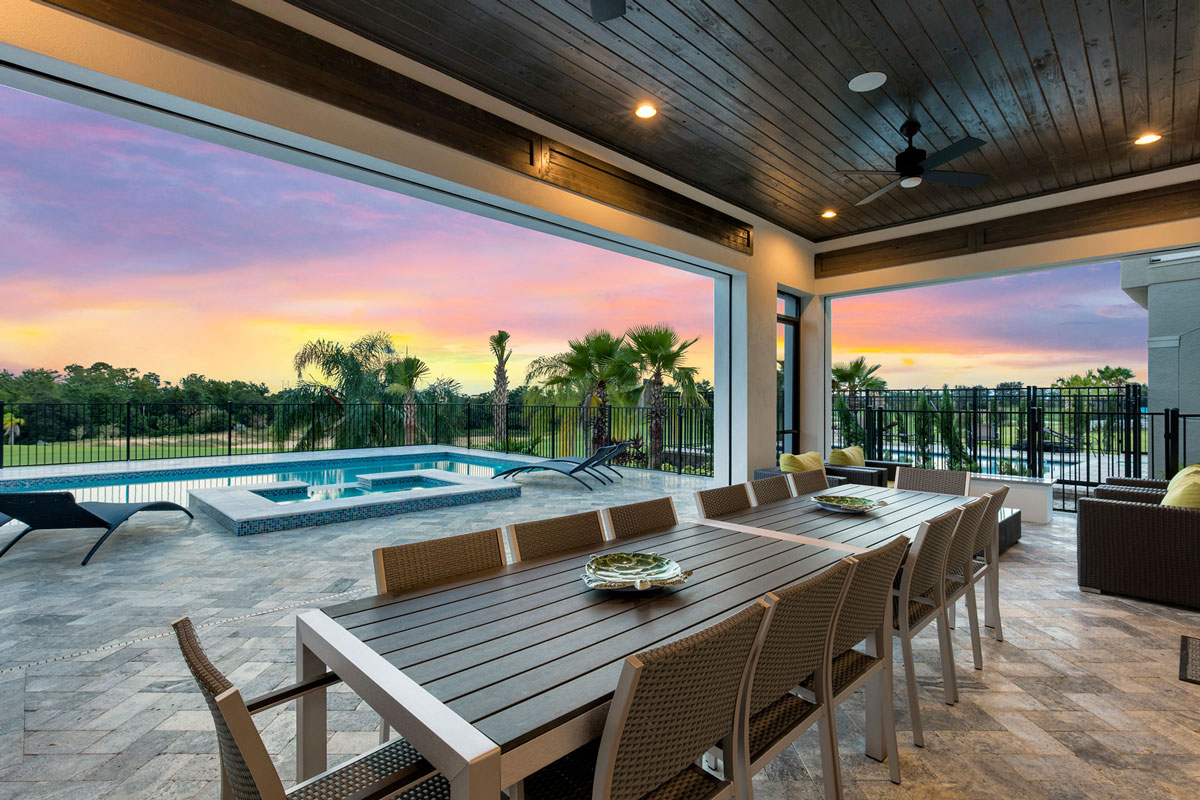
Factors Impacting Rental Rates
Several ongoing supply and demand factors influence rental prices in Orlando:
-
Job growth: New companies relocating to Orlando like The Planetary Society and Duetto have created thousands of jobs in recent years, fueling resident in-migration. More people seeking housing puts upward pressure on rents.
-
Tourism industry: Orlando's status as a top tourist destination creates steady long-term and short-term housing demand. The rebounding post-pandemic tourism numbers have accelerated rental inflation.
-
Multifamily construction: New luxury apartment communities continue to be built to absorb demand, particularly along the I-4 corridor. The substantial new supply has kept rent hikes in check compared to other hot rental markets.
-
Housing prices: As prices for owning a single-family home escalate beyond affordability for many residents, renting becomes a more attractive alternative long-term. Rent price sensitivity follows the for-sale housing market.
-
Interest rates: Higher mortgage rates in 2022 have stalled some homebuyer activity as borrowing costs rise. This creates more renters competing over available units in turn pushing up apartment asking prices.
-
Economic uncertainty: Factors like fears of a recession could cause households to rent instead of buy, ensuring housing demand stability despite any potential broader economic slowdown.
Forecasting Future Rental Rate Trends
Based on current conditions, here are some likely rental rate scenarios for Orlando over the coming 3-5 years:
-
Continued steady growth: If job creation and tourism maintain their momentum combined with ongoing supply constraints, rents may increase by 3-5% annually through 2025. Additional communities along emerging corridors like Lake Nona could help alleviate price pressures.
-
Strong rebound after recession: If there is a recession in 2023 but Orlando's economy performs better than the national average, expect rents to dip slightly and then bounce back stronger once recovery takes hold in 2024-25 as demand regains lost ground.
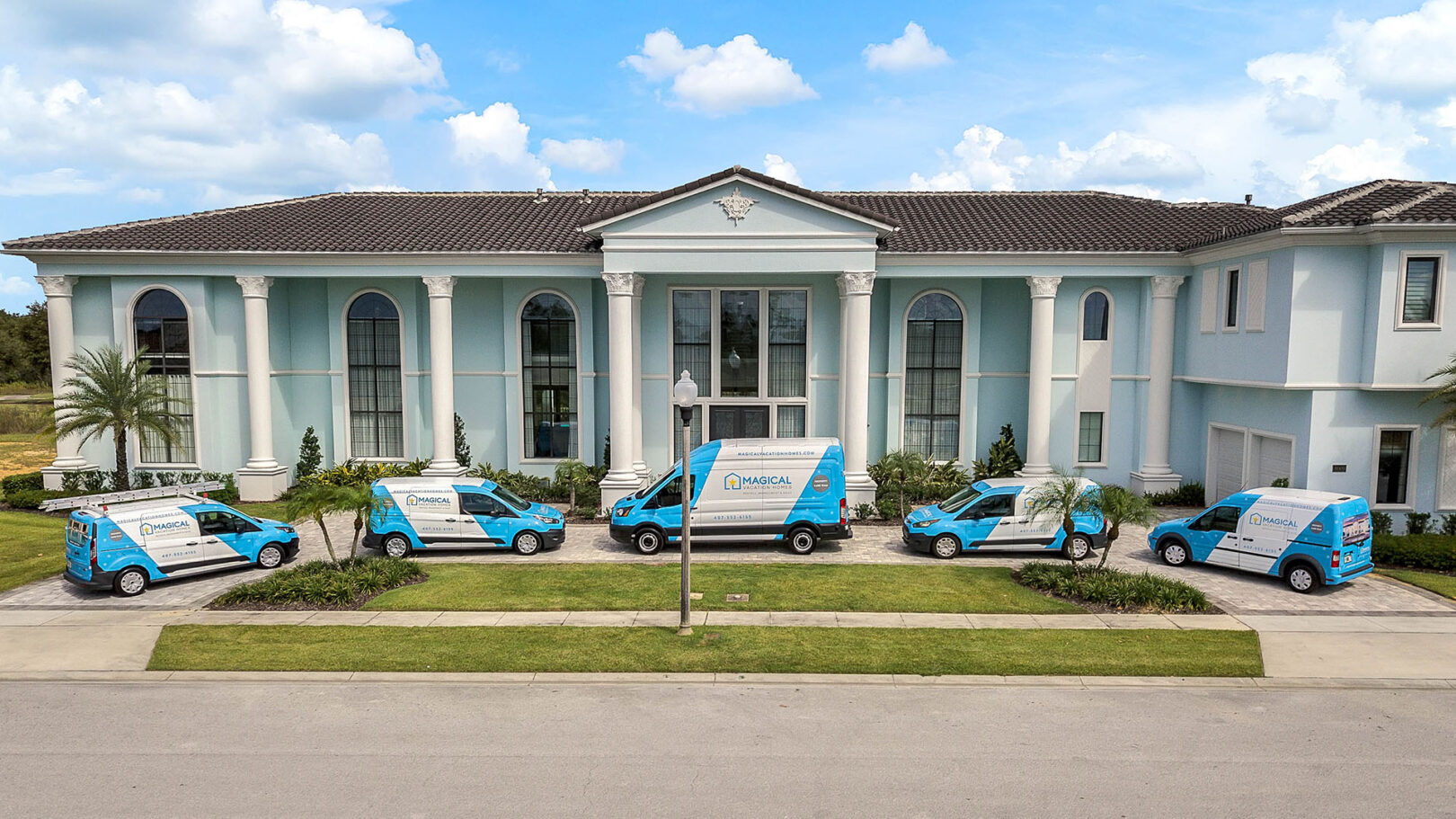
-
Increased volatility: Macroeconomic variables like inflation could generate higher uncertainty, causing more volatile swings in sublease/vacancy rates and effectively pausing overall rental upticks until the outlook stabilizes. This presents opportunities for renters.
-
Rental premium in new areas: With downtown living experiencing a surge in popularity, neighborhoods on the rise like Thornton Park and Florida Hospital Health Village could transition towards higher average quoted rents relative to current surrounding rates.
-
Apartment glut averted: As long as multifamily developers don't overbuild and mismatch product types with demand, Orlando should avoid conditions of an apartment saturation "bubble" that could lead to a sharp rate correction towards the latter half of this decade.
In summary, a combination of sustained resident and visitor flows into the Orlando market along with new jobs and a diversifying economy point towards the relative stability and enduring strength of rental demand over the next 3-5 years absent any unforeseen shocks. Overall rental rates will likely trend upwards at a steady pace barring any sudden economic downturn. Ongoing supply additions and neighborhood evolution will influence micro-level rental rate differentials within the city.
Read more: 2025 Rental Market Predictions for Major US Cities


